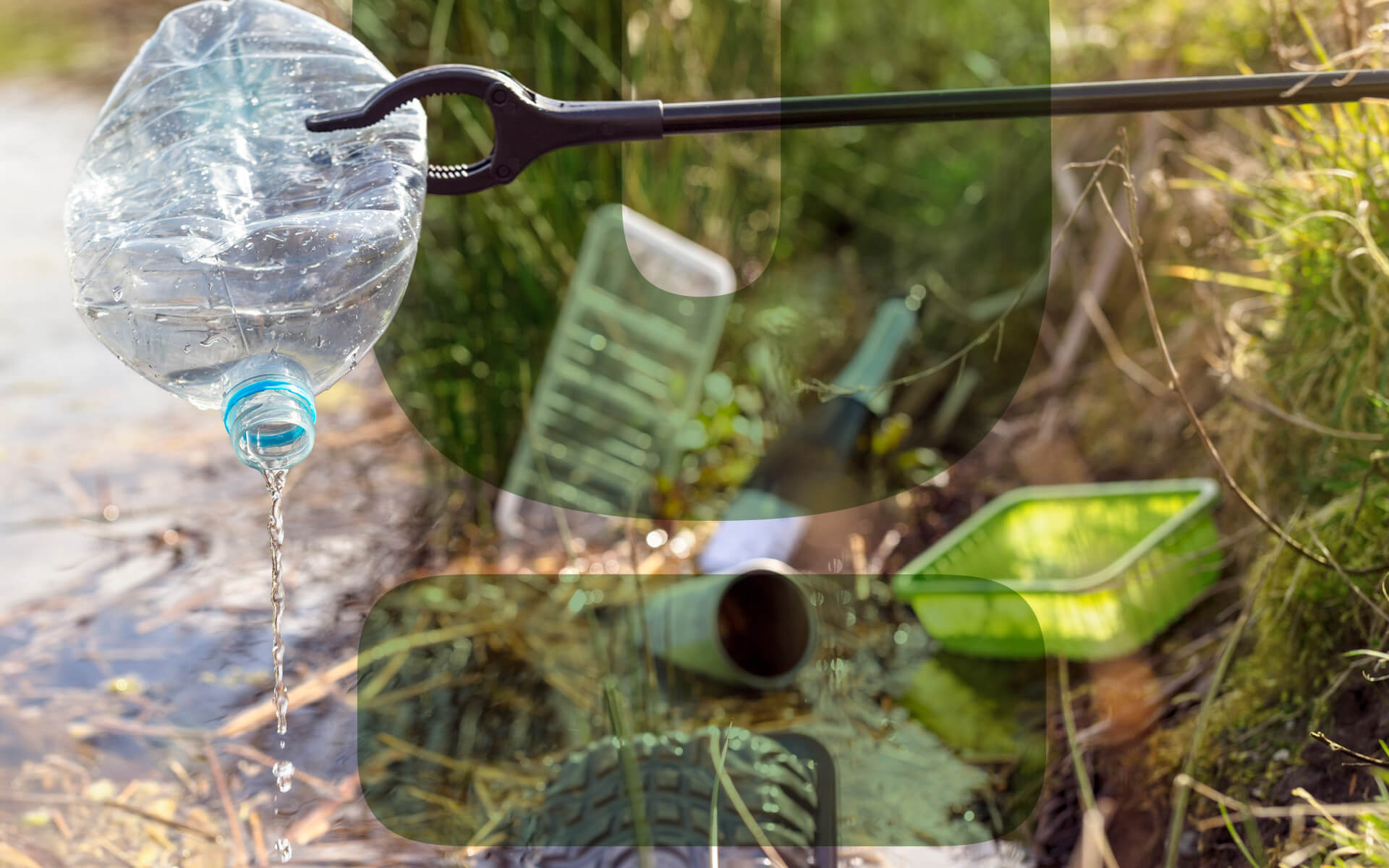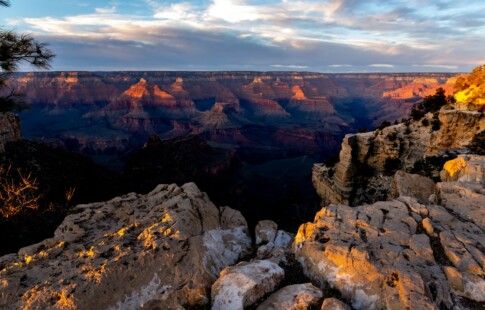
The Dirtiest River in the World
We are reader-supported. When you buy through links on our site, we may earn affiliate commission.
Ecommerce has expanded consumerism rates, increasing the demand for product outsourcing. While America holds high environmental standards for manufacturers, they are unable to regulate other countries’ practices. Poor conservation efforts expand ecologically harmful water pollution in many regions.
The U.S. also experiences water pollution, specifically from the agricultural industry. It is home to one of the most contaminated water sources in the world. Before exploring the dirtiest river in the world, we must assess the importance of river conservation.
The Flint Water Crisis
In 2014, local government officials changed Flint, Michigan’s water supply from the Detroit source to a nearby river. They initiated the transition to save money on resource transportation. Soon after the switch, community members noticed off-flavors, discoloration and odors associated with their water.
Over a series of months, individuals also experienced itchy skin, rashes and hair loss from consuming and bathing in the water. Community members additionally became ill from lead poisoning, and some developed Legionnaires’ disease. Nearly 87 individuals developed adverse health conditions from the river supply, and 12 died.
Researchers evaluated the water source and found high levels of pollution. Flint was previously a booming industrial area, and companies used the river for illegal waste dumping. Car manufacturers, meatpackers and paper companies all filtered their toxic waste into the water source, where it resided for decades.
Poor water quality testing and inadequate waste disposal regulations left various rivers full of pollution. Conserving water sources is essential to the health and well-being of humanity and aquatic species. The global ecosystem relies heavily on rivers as energy sources for vegetation growth and other vital functions.
What Pollutes a River?
Illegal dumping is a significant contributor to river pollution. Many of the world’s dirtiest rivers run alongside production facilities, like leather tanneries and factory farms. In less developed countries, minimal environmental education decreases a community’s pollution awareness.
Without understanding the adverse impacts of poor waste disposal practices, officials are unable to regulate pollution effectively. When toxins invade a water supply, they may limit local agricultural development. Additionally, they may create deadly health effects for community members and local species.
Another major contributor to river pollution is the agricultural industry. Many farmers counter adverse climate change effects, like soil depletion and erosion, using additives. Rainwater can carry synthetic fertilizers and pesticides off agricultural land to nearby rivers.
The nitrogen-rich materials promote algal blooms, depleting marine oxygen levels. Without sufficient oxygen in rivers, species must migrate to other regions. During the transition period, many creatures experience resource, food and protection limitations, increasing their vulnerability to predators.
The depletion of marine species’ populations may cause adverse ecosystem and economic effects. Professionals like fishers, divers and tour guides rely on aquatic biodiversity to support their employment. River pollution limits their job security and minimizes the fish supply.
Some communities rely on their rivers’ health to meet nutrient needs. There are three rivers globally suffering from severe pollution. Increasing society’s awareness of their deficiencies may increase the demand for sustainable solutions.
1. The Mississippi River
The Mississippi River is the most polluted water source in America. It acts as a drain for Midwest industrial facilities and agricultural regions. Many parts of the river fail to meet mercury, bacteria, polychlorinated biphenyl (PCBs) and sediment standards.
Professionals restrict fishing in most areas along the river because of its high contaminant levels. Also, manure from nearby farms leaks into the Mississippi, creating adverse effects on aquatic life. Microorganisms in the runoff infect the water with bacteria, parasites, fungi and viruses, decreasing its suitability as a habitat.
2. The Matanza-Riachuelo River
Some researcher believe the Matana-Riacheulo, in Argentina, is the dirtiest river in the world. Various chemical manufacturers reside alongside the water source. Inefficient environmental regulations allow toxins to leak out into the environment, reducing the health and safety of the drinking water.
Nearly 20,000 individuals live by the river, and 60% of them are in high toxicity zones. Researchers discovered high levels of chromium, lead, copper, zinc and nickel in the soil along the river, indicating unhealthy water conditions. Due to the high pollution rate, community members experience drinking water scarcity, increasing dehydration and other adverse health effects.
3. The Ganges River
Other professionals believe the Ganges River the dirtiest river in the world. It is another water source experiencing pollution from industrial runoff and illegal dumping. Many textile manufacturing facilities remain alongside the river, allowing dyes, chemicals and other toxic elements to invade the water. The community also filters raw sewage into the river, creating unhealthy levels of bacteria.
Many children play in and alongside the river, increasing their exposure to toxins. Nearly 1.5 million kids die annually from waterborne illnesses deriving from the Ganges. Professionals are developing regulations and routine pollution reduction practices to increase the health and safety of community members.
How You Can Reduce River Pollution
You can make a personal effort to minimize water pollution by adequately disposing of your waste. Additionally, individuals may research which items they can flush down their drains, reducing toxic contamination. If you experience a discoloration, odor or off-flavor from your water supply, you should also reach out to your local management officials immediately.
Share on
Like what you read? Join other Environment.co readers!
Get the latest updates on our planet by subscribing to the Environment.co newsletter!
About the author
Jane Marsh
Starting from an early age, Jane Marsh loved all animals and became a budding environmentalist. Now, Jane works as the Editor-in-Chief of Environment.co where she covers topics related to climate policy, renewable energy, the food industry, and more.





